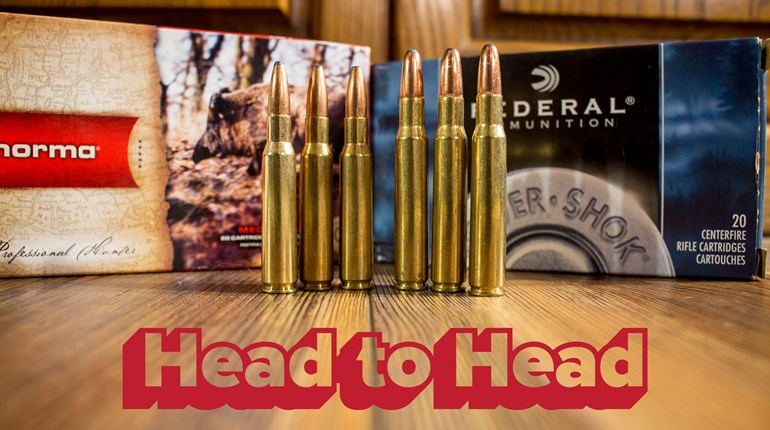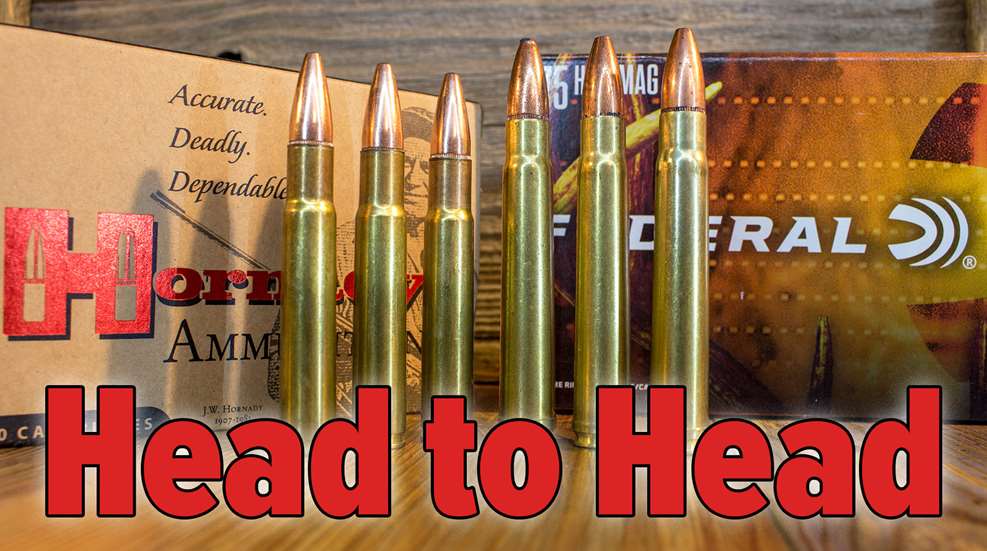
A friend was looking to expand his rifle collection, specifically to add a rifle best suited to the larger North American game species and maybe to be taken for the bigger plains game species of Africa. We went around and around, discussing the different possibilities, but after a while had settled down to the .35 Whelen and the .375 H&H Magnum. Both are classics, and both have the horsepower to take larger game species, and our discussion prompted me to include the points of our discussion in this “Head to Head” series.
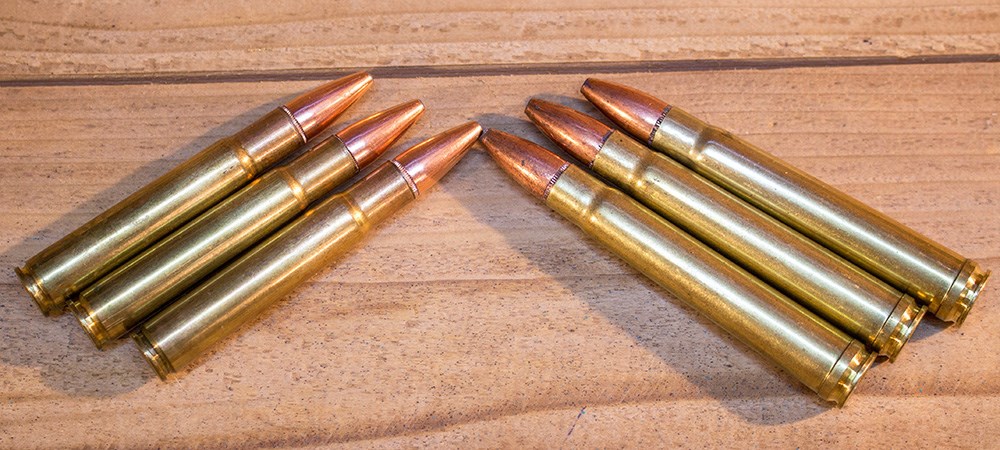
The .375 Holland & Holland Belted Magnum saw the light of day in 1912, and would become one of the most important cartridges in the history of hunting. Using a belt of brass at the base of the cartridge to deliver the positive headspacing of a rimmed cartridge, with the ease of feeding of the rimless cartridges, the .375 H&H was classified as a medium-bore by the British gunmakers, but it was soon proven that the cartridge was capable of taking all game animals, including elephants in both India and Africa. With a case measuring 2.85 inches, and a cartridge overall length of 3.60 inches, the ‘three-seven-five’ would become a huge success after the First World War, enhanced even more by Winchester’s adoption of the cartridge for their Model 70 rifle in 1936.
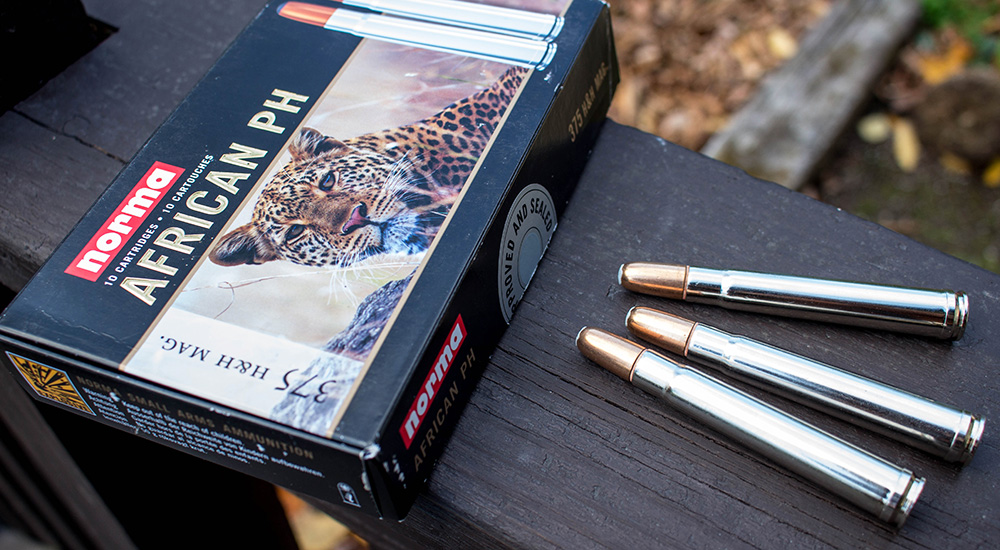
There were three bullet weights initially offered—235, 270 and 300 grains—with the heavier choices being the most popular. The 300-grain load at 2500 fps will generate roughly 4,200 ft.-lbs. of muzzle energy, with the ability to give deep penetration on thick-skinned animals. Modern bullets are available in weights ranging from 210 grains, all the way up to 350 and 380 grains, with 250- and 260-grain projectiles which can give impressive long range trajectories. In Africa, I've heard the phrase “when in doubt, bring a three-seven-five” more than a few times. Though it usually is housed in a magnum-length receiver, rifles for the .375 H&H are on the slim side, when compared to the .416s and .458s, and the cartridge’s recoil can be managed by the majority of shooters.
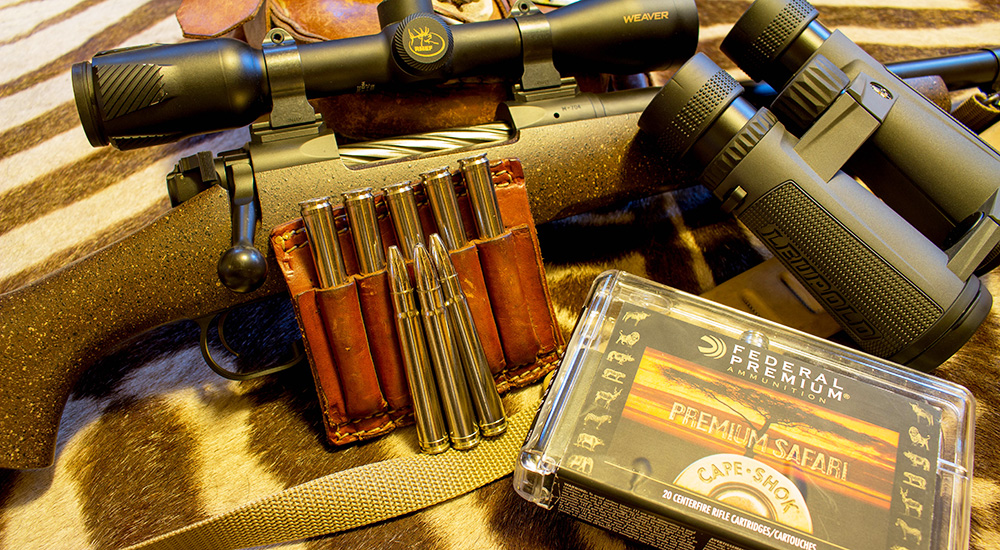
The .35 Whelen celebrates its centennial this year, having been—by most reliable accounts—designed by James V. Howe, who would go on to found Griffin & Howe, collaborating with Col. Townsend Whelen at the Frankford Arsenal. The idea was to design a cartridge which would mimic the power of the .318 Westley Richards, .333 Jeffery and .350 Rigby Magnum, but in an affordable American rifle. The .35 Whelen is, simply, the .30-’06 Springfield case necked up to hold .358-inch-diameter bullets; doesn’t really get much simpler than that. A century ago, readily available surplus Springfield rifles were available and could easily be re-barreled by a competent gunsmith. Bullets ranging from 150 grain to 300 grains were available, with the 200-, 225- and 250-grain slugs being the most popular. It would take 66 years for the Whelen to be legitimized; Remington released the cartridge in 1988 in the first of the Model 700 Classic rifles, and it was well received. The 250-grain load will produce a muzzle velocity of right around 2500 fps, generating just over 3,500 ft.-lbs. of energy. The cartridge is right at home in any long action receiver, and the 17½-degree shoulder gives good headspacing while feeding easily from a box magazine. While the recoil of the .35 Whelen is generally more than that of its famous father, it is by no means terrible.
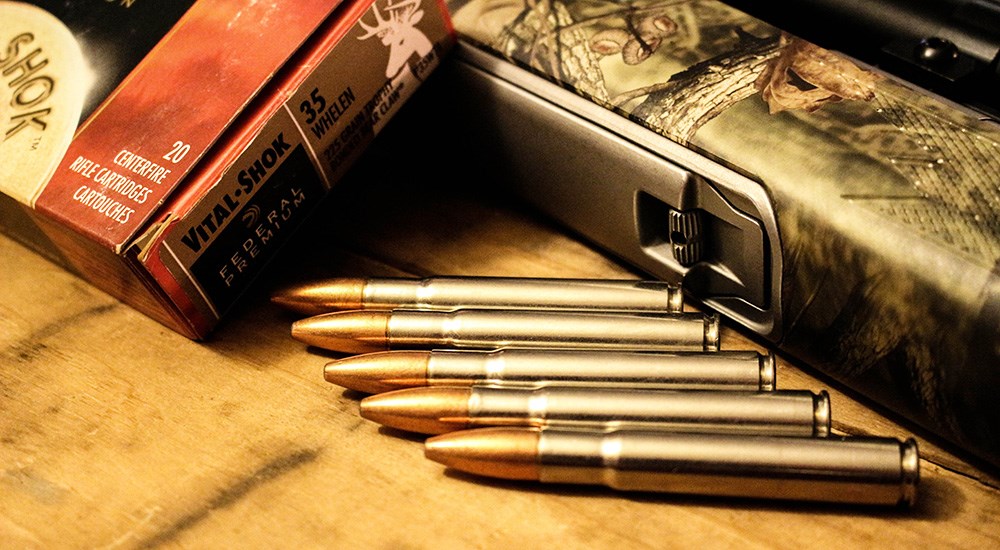
Which of these designs makes more sense, and will suit the hunter’s needs best? The .35 Whelen is certainly a flexible cartridge, even if its popularity has faded of late, as it offers a very useful range of bullets in factory form, and even more when given to the handloader. Brass for the ’06 is, has been and always will be abundant, so a simple pass through a quality resizing die can keep your Whelen properly fed for a lifetime. For some reason, the heaviest bullets in .35 caliber have faded away of late, and when you look at the Sectional Density advantage that the .338s have when it comes to the 250-grain bullets (where the Whelen tops off), it loses a bit of luster.
Between these two, I have to give the older and bigger cartridge the nod. The .375 H&H Magnum is one of the most useful hunting cartridges ever developed, and a big part of the equation is the cartridge’s flexibility. It can be a cartridge suitable for longer shots—I used it for an eland bull in South Africa at just over 400 yards—and it can stop a charging grizzly in an alder thicket where distances are best measured in feet. While on the light side for elephant, a good many fall each season to the .375 H&H, and the same can be said for Cape buffalo. It is perfect for eland, lion, nilgai, grizzly, moose and bison—I used a Model 70 to take a huge bull in South Dakota almost two decades ago—and can be used effectively on lighter game. I even have some friends who enjoy hunting deer with the .375 H&H and a stiff 235-grain monometal bullet; meat damage is minimal, and it provides excellent field experience with the rifle.
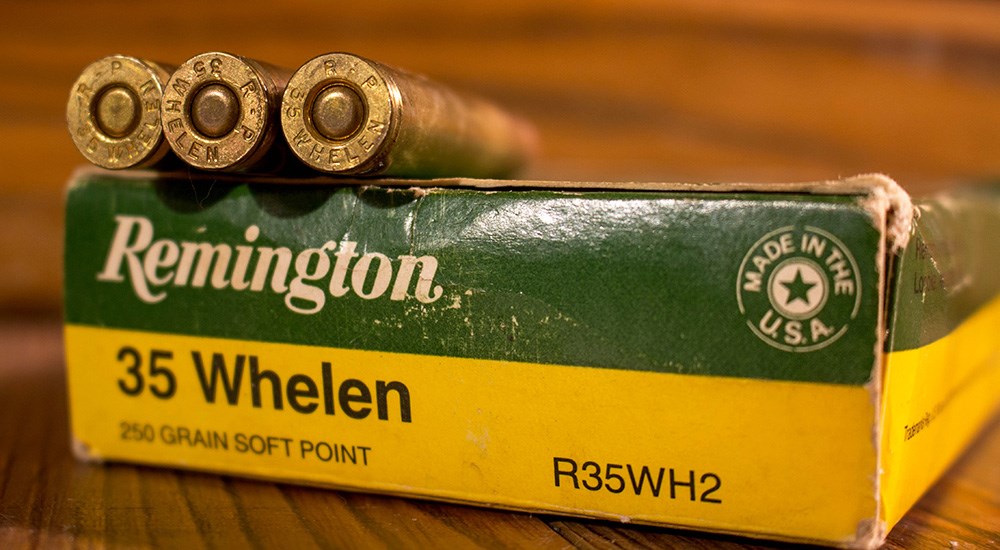
Almost every major hunting ammunition manufacturer offers a load for the .375 H&H, and it is usually rather readily available. For the budget-minded hunter who wants a cartridge larger than the 7mm and .30-caliber choices, it is very difficult to beat the sheer versatility of the .375 H&H; you may find yourself using it more often than you’d think.
Looking for previous installments of our "Head to Head" series? We've got you covered.
• 7mm PRC vs. 7mm Remington Magnum
• 6.8 Western vs. .270 Winchester
• .218 Hornet vs. .218 Bee
• .338-06 A-Square vs. .35 Whelen
• .308 Winchester vs. .300 Winchester Magnum
• 6.5 Creedmoor vs. 6.5 PRC
• .22 LR vs. .22 WMR
• .30-06 Springfield vs. .300 Winchester Magnum
• .300 Wby. Mag. vs. 8mm Rem. Mag.
• 7mm Remington Magnum vs. 27 Nosler
• .257 Roberts vs. .25-06 Remington
• .300 H&H Magnum vs. .300 Winchester Magnum
• .308 Winchester vs. .338 Federal
• .222 Remington vs. .223 Remington
• .270 WSM vs. 7mm Rem. Mag.
• .22-250 Remington vs. .204 Ruger
• .25-06 Remington vs. 6.5 Creedmoor
• .444 Marlin vs. .45-70 Government
• 7x57mm Mauser vs. .280 Remington
• .300 Win. Mag. vs. .300 Wby. Mag.
• .375 Ruger vs. .375 H&H Magnum
• 7mm-08 Remington vs. .280 Remington
• .280 Remington vs. .280 Ackley Improved
• 7mm vs. .30 Caliber
• 6.5 Weatherby RPM vs. 6.5 PRC
• .338 Win. Mag. vs. .340 Wby. Mag.
• .300 RSAUM vs. .300 WSM
• .500 Jeffrey vs. .505 Gibbs
• 7mm RUM vs. .300 RUM
• .308 Winchester vs. 7mm-08 Remington
• 6.5 Creedmoor vs. .260 Remington
• .303 British vs. 8x57 Mauser
• .30-06 Springfield vs. All Other .30s
• .17 HMR vs. .17 WSM
• .450 Nitro Express vs. .470 Nitro Express
• 350 Legend vs. .35 Remington
• .280 Ackley Improved vs. 7mm Rem. Mag.
• .404 Jeffery vs. .416 Rigby
• .243 Winchester vs. 6mm Creedmoor
• .300 PRC vs. .300 Win. Mag.
• .30-06 Springfield vs. .270 Winchester
• 6.5 Creedmoor vs. 7mm-08 Remington
• 8x57 Mauser vs. .318 Westley Richards
• .358 Winchester vs. .350 Remington Magnum
• .22-250 Remington vs. .220 Swift
• .270 Winchester vs. .270 WSM
• .26 Nosler vs. 6.5-300 Weatherby Magnum
• .458 Win. Mag. vs. .458 Lott
• 7mm Rem. Mag. vs. .300 Win. Mag.
• .243 Winchester vs. 6mm Remington
• 7x57mm Mauser vs. 7mm-08 Remington
• .25-06 Remington vs. .257 Weatherby Magnum
• .338 Winchester vs. .375 H&H Magnum
• .30-30 Winchester vs. .35 Remington
• .257 Roberts vs. .250-3000 Savage
• .270 Winchester vs. .280 Remington
• .35 Whelen vs. 9.3x62mm Mauser
• .416 Rigby vs. .416 Remington Magnum
• .308 Winchester vs. .30-06 Springfield
• .22 Nosler vs. .224 Valkyrie
• .300 Win. Mag. vs. .300 WSM
• .223 Remington vs. .22-250 Remington













